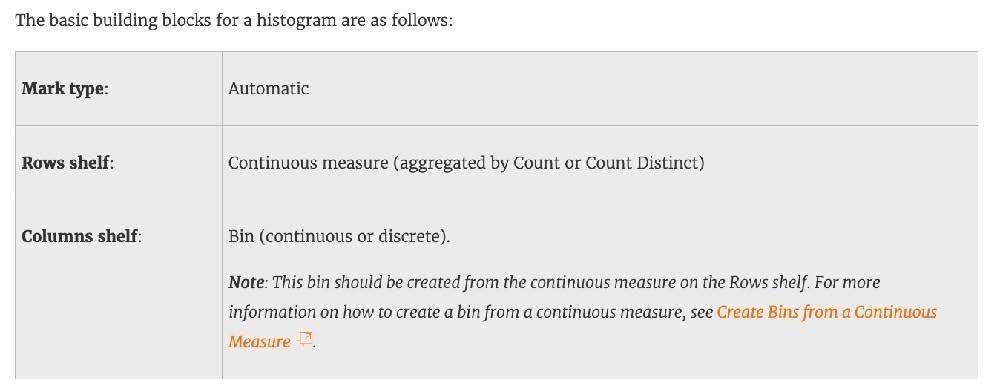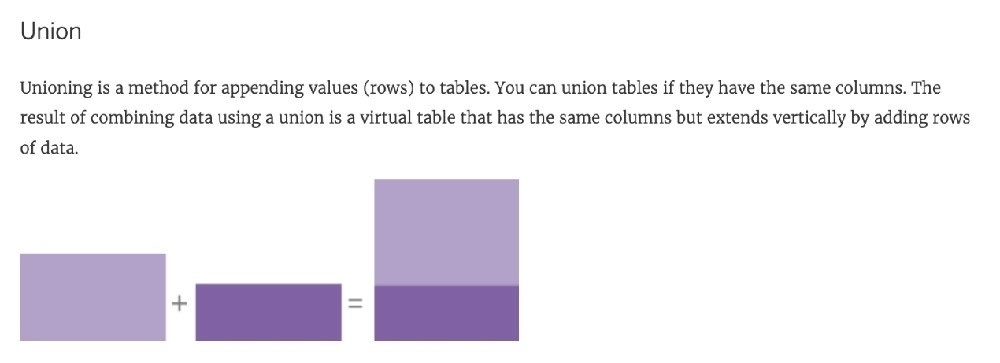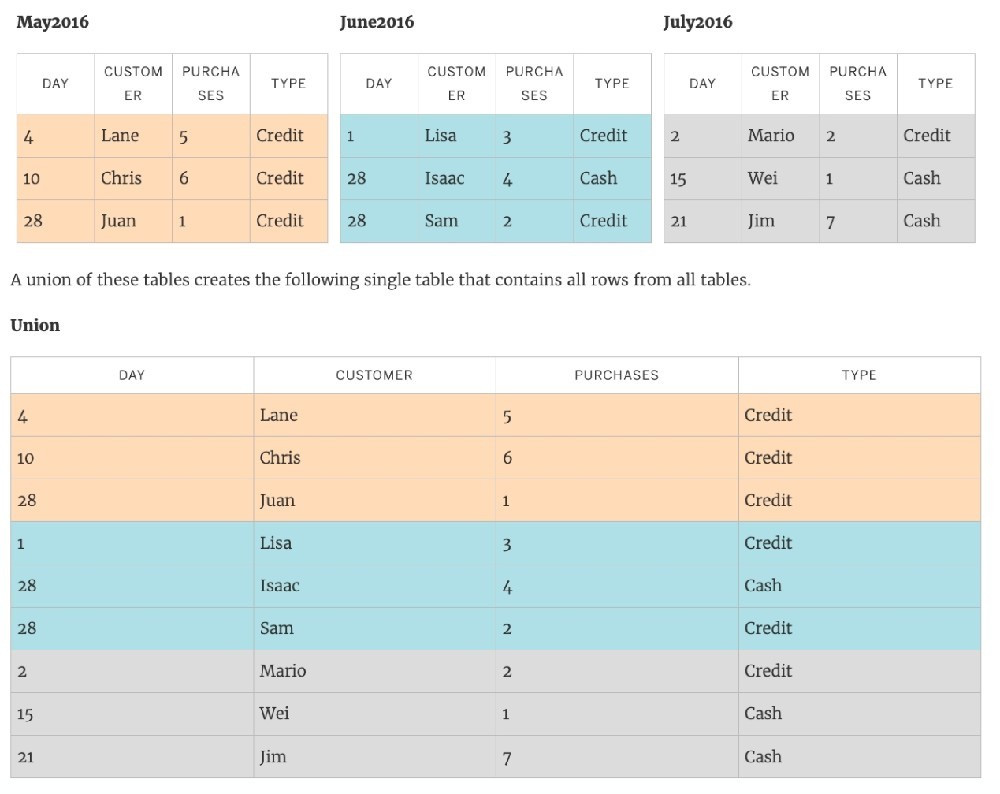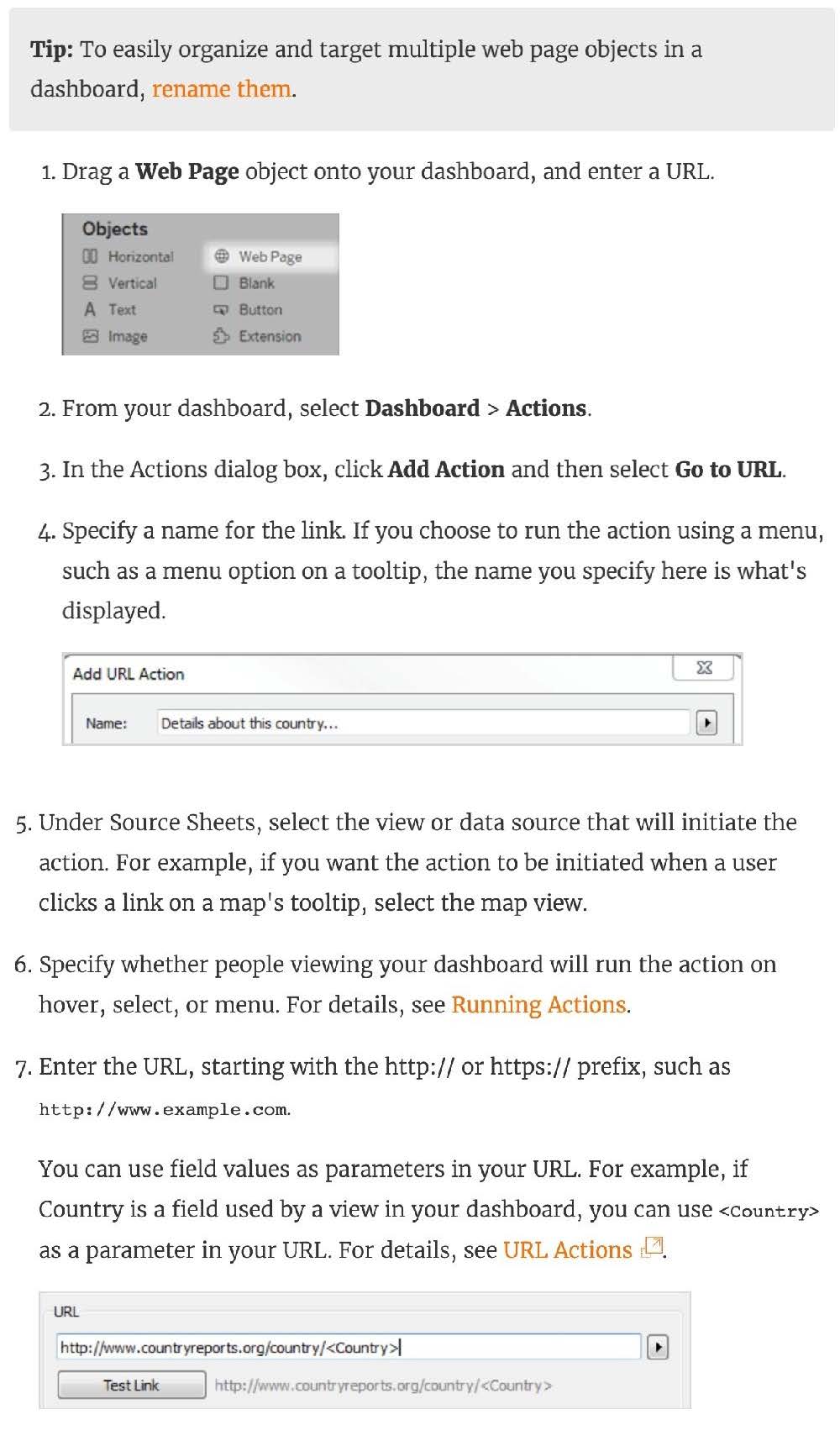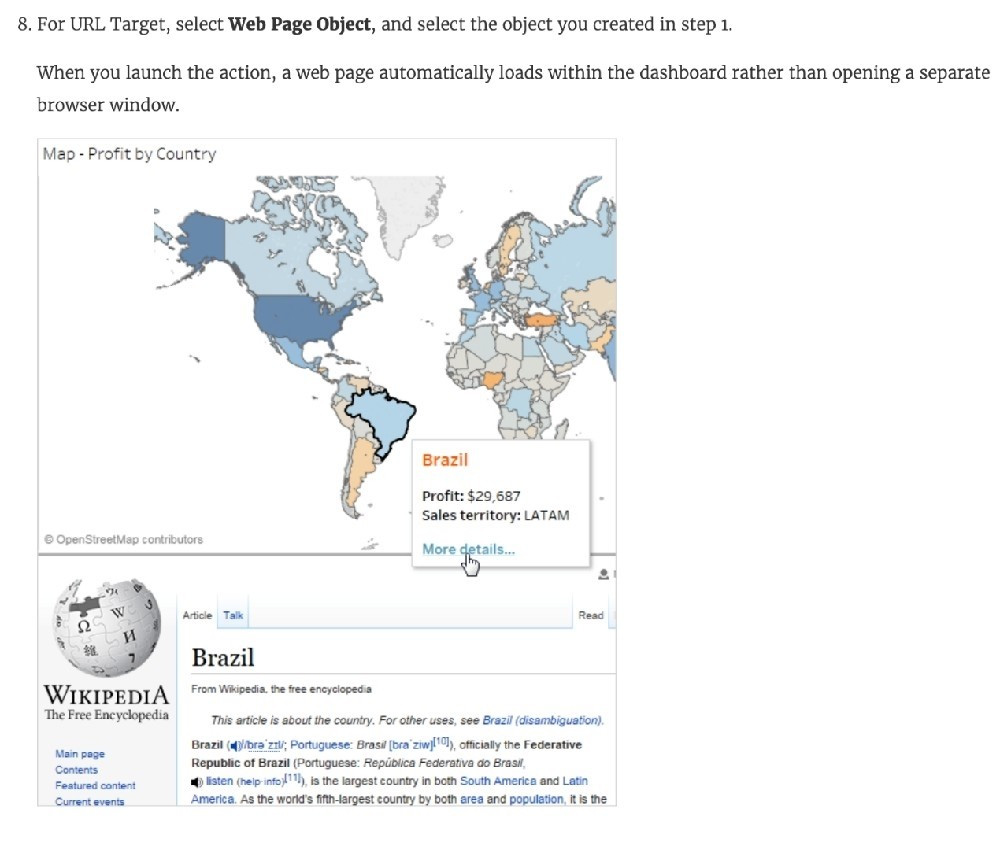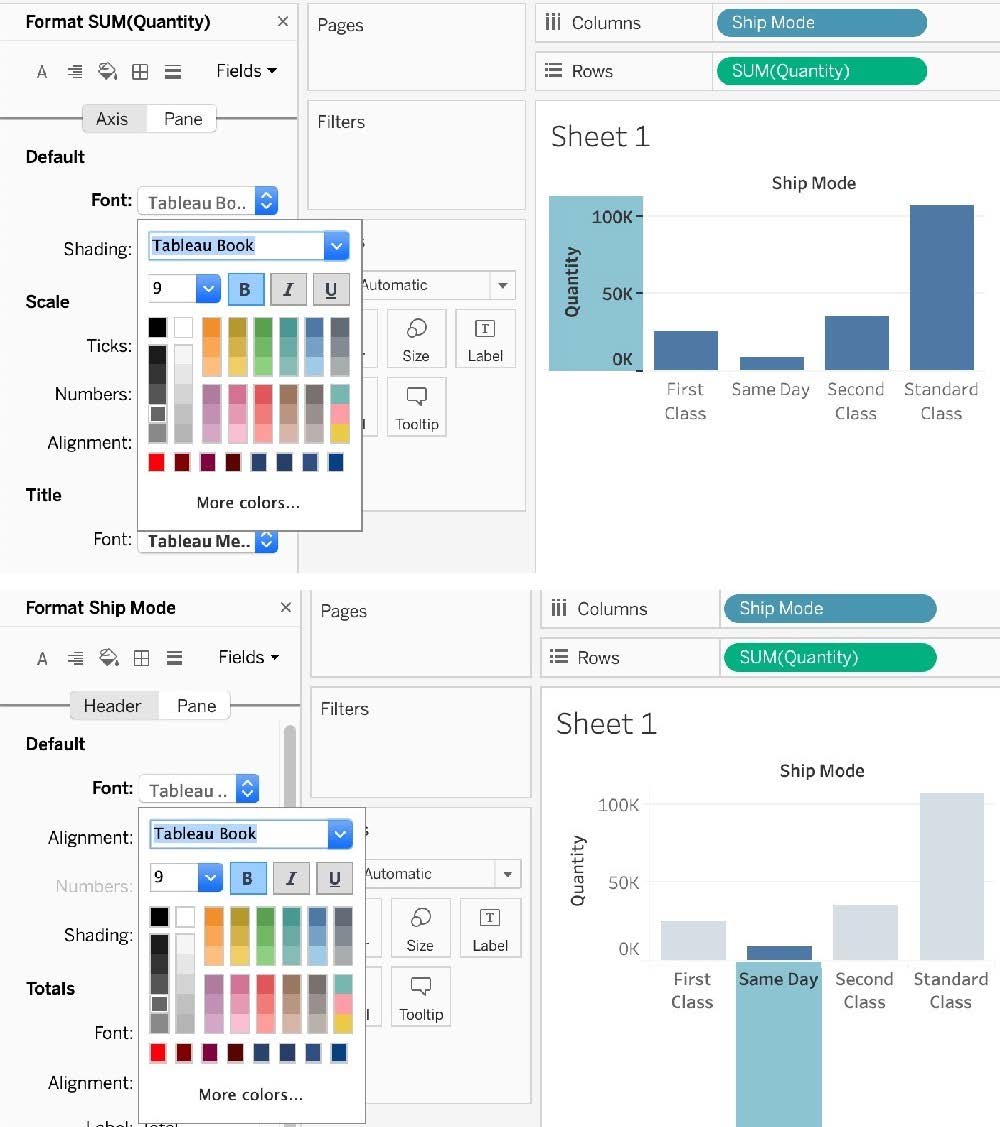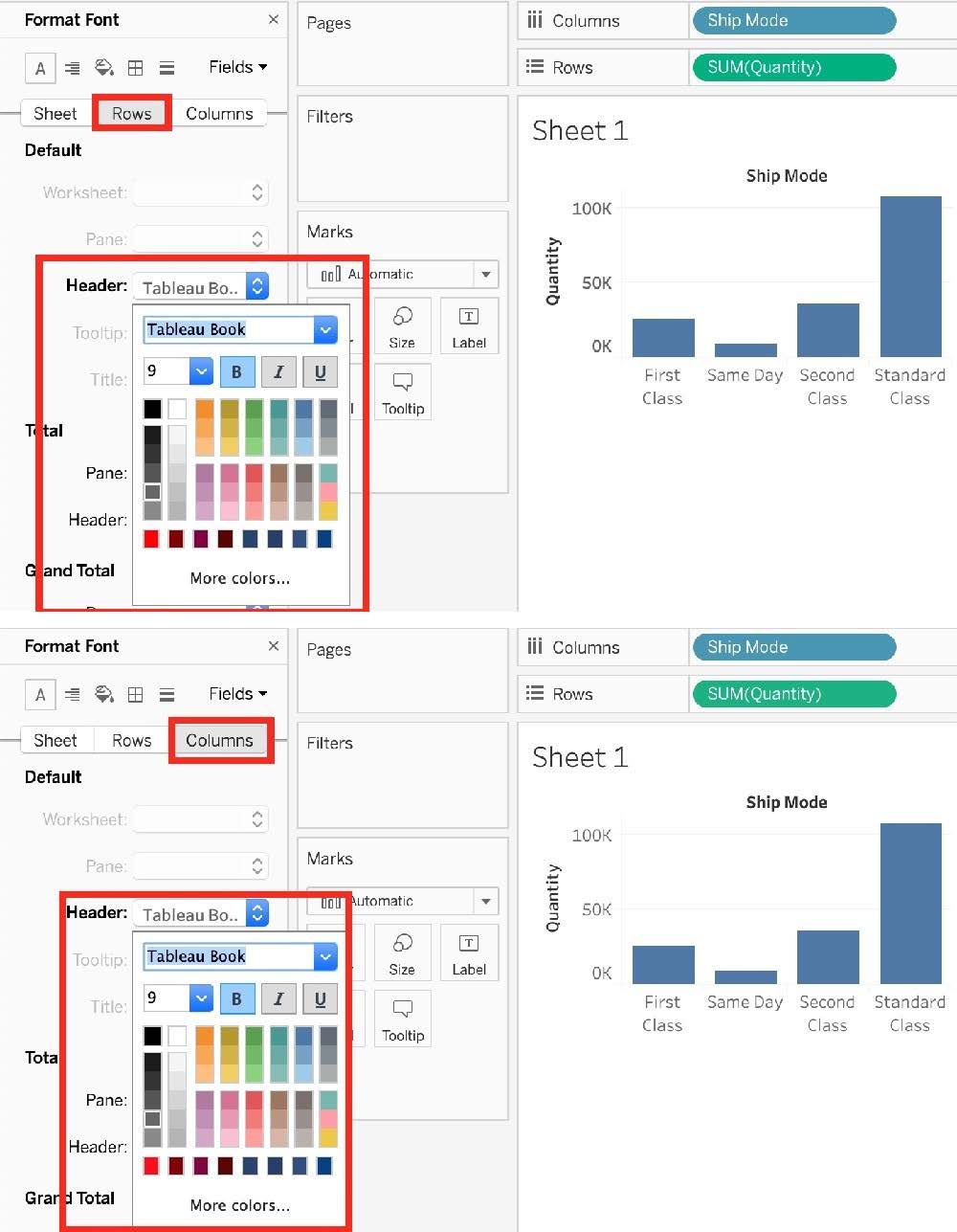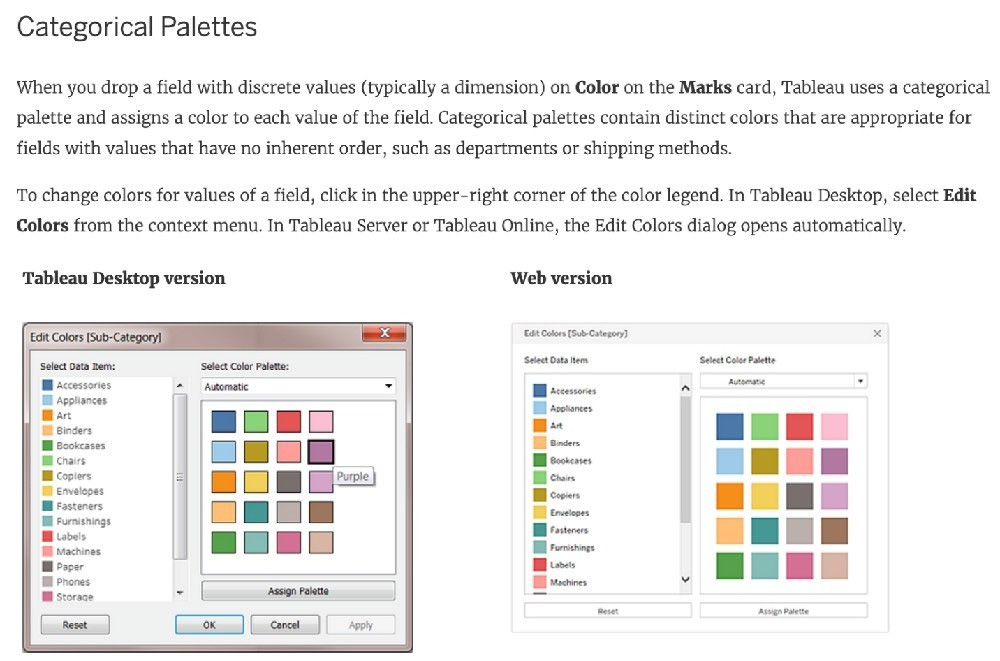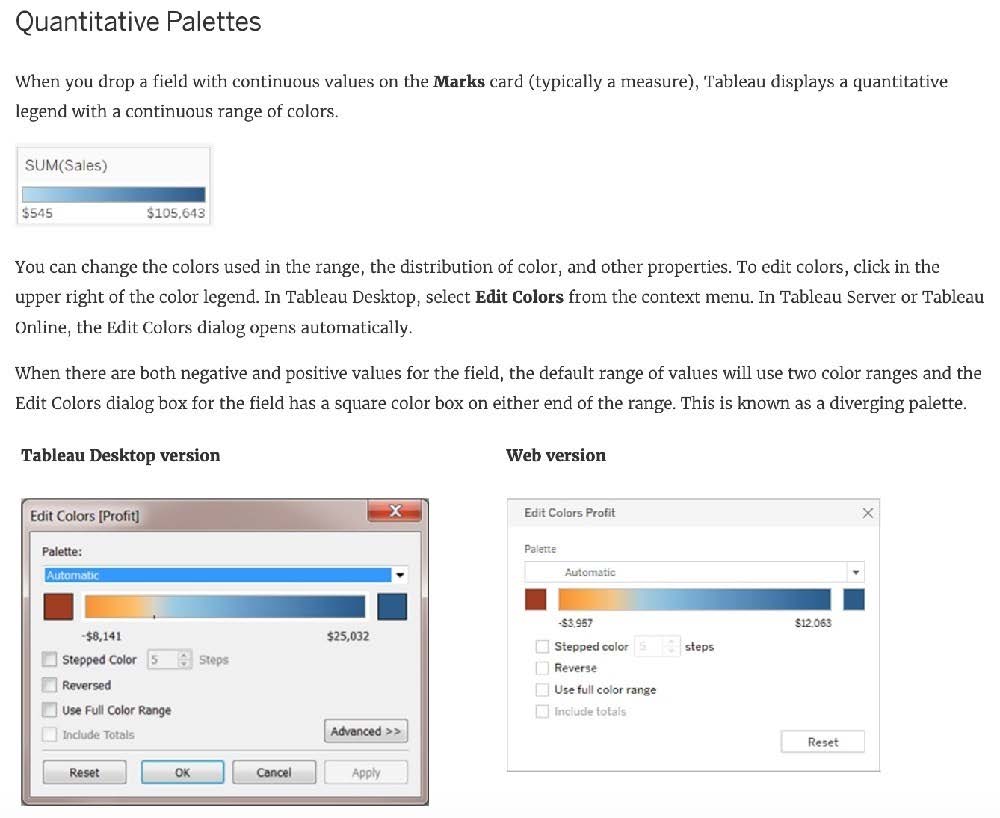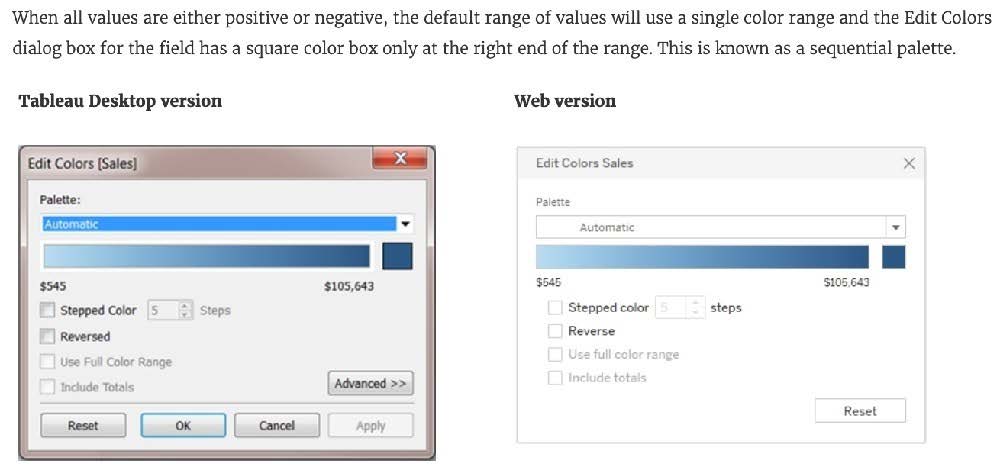Exam Details
Exam Code
:TDS-C01Exam Name
:Tableau Certified Desktop SpecialistCertification
:Tableau CertificationsVendor
:TableauTotal Questions
:341 Q&AsLast Updated
:Apr 16, 2025
Tableau Tableau Certifications TDS-C01 Questions & Answers
-
Question 91:
Which of the following are valid use-cases for the 'Manage Metadata' functionality?
A. To clean and automatically fix the data issues in our data source
B. To see the field name in the original data source
C. To view all hidden fields
D. To see the table a field belongs to
-
Question 92:
Which of the following is a benefit of using a Tableau Data Source (.tds)?
A. To hold one or more worksheets, plus zero or more dashboards and stories.
B. To not contain the actual data but rather the information necessary to connect to the actual data as well as any modifications you've made on top of the actual data such as changing default properties, creating calculated fields etc
C. To create a single zip file that contains a workbook along with any supporting local file data and background images. This is great for sharing your work with others who don't have access to the original data.
D. To create a local copy of a subset or entire data set that you can use to share data with others, when you need to work offline, and improve performance.
-
Question 93:
Which of the following are benefits of using Data Extracts in Tableau?
A. Improved Performance
B. Ability to use the data offline
C. Working with freshest data at all times
D. Faster to work with
-
Question 94:
Which of the following chart type makes use of 'binned' data?
A. Gantt Chart
B. Bullet chart
C. Histogram
D. Treemaps
-
Question 95:
______________ is a method for appending values (rows) to tables. You can use this method if both tables have the same columns. The result is a virtual table that has the same columns but extends vertically by adding rows of data.
A. Joining
B. Blending
C. Combining
D. Unioning
-
Question 96:
Which of the following are valid ways of Grouping Data?
A. Using Marks in the view
B. Using Labels in the View
C. From the Analytics Pane
D. From the Dimensions Shelf
-
Question 97:
Is it possible to deploy a URL action on a dashboard object to open a Web Page within a dashboard rather than opening the system's web browser?
A. YES, we can do this with the help of a plugin
B. NO, this is not currently possible in Tableau
C. YES, we can do this with the help of a Web-Page object
D. YES, we can do this with the help of Tableau Public
-
Question 98:
Which of the following are valid way(s) to make either of Rows or Columns Bold without affecting the other?
A. Right click on Rows or Columns, and choose format. In the Font option click on Bold.
B. Select Text Label on the Marks Card, choose Rows or Columns, and then select Bold.
C. Choose Format then Font from the Menu bar, and select Bold under the Header option
D. Choose Format from the Menu bar, select Row or Column, and then select Bold under the header option
-
Question 99:
True or False: We get different colour pallete options if we drop a discrete field on "Color" in the marks card compared to if we drop a continous field on Color.
A. False
B. True
-
Question 100:
We can join a maximum of ______ tables in Tableau
A. 16
B. 32
C. 64
D. 128
Tips on How to Prepare for the Exams
Nowadays, the certification exams become more and more important and required by more and more enterprises when applying for a job. But how to prepare for the exam effectively? How to prepare for the exam in a short time with less efforts? How to get a ideal result and how to find the most reliable resources? Here on Vcedump.com, you will find all the answers. Vcedump.com provide not only Tableau exam questions, answers and explanations but also complete assistance on your exam preparation and certification application. If you are confused on your TDS-C01 exam preparations and Tableau certification application, do not hesitate to visit our Vcedump.com to find your solutions here.

